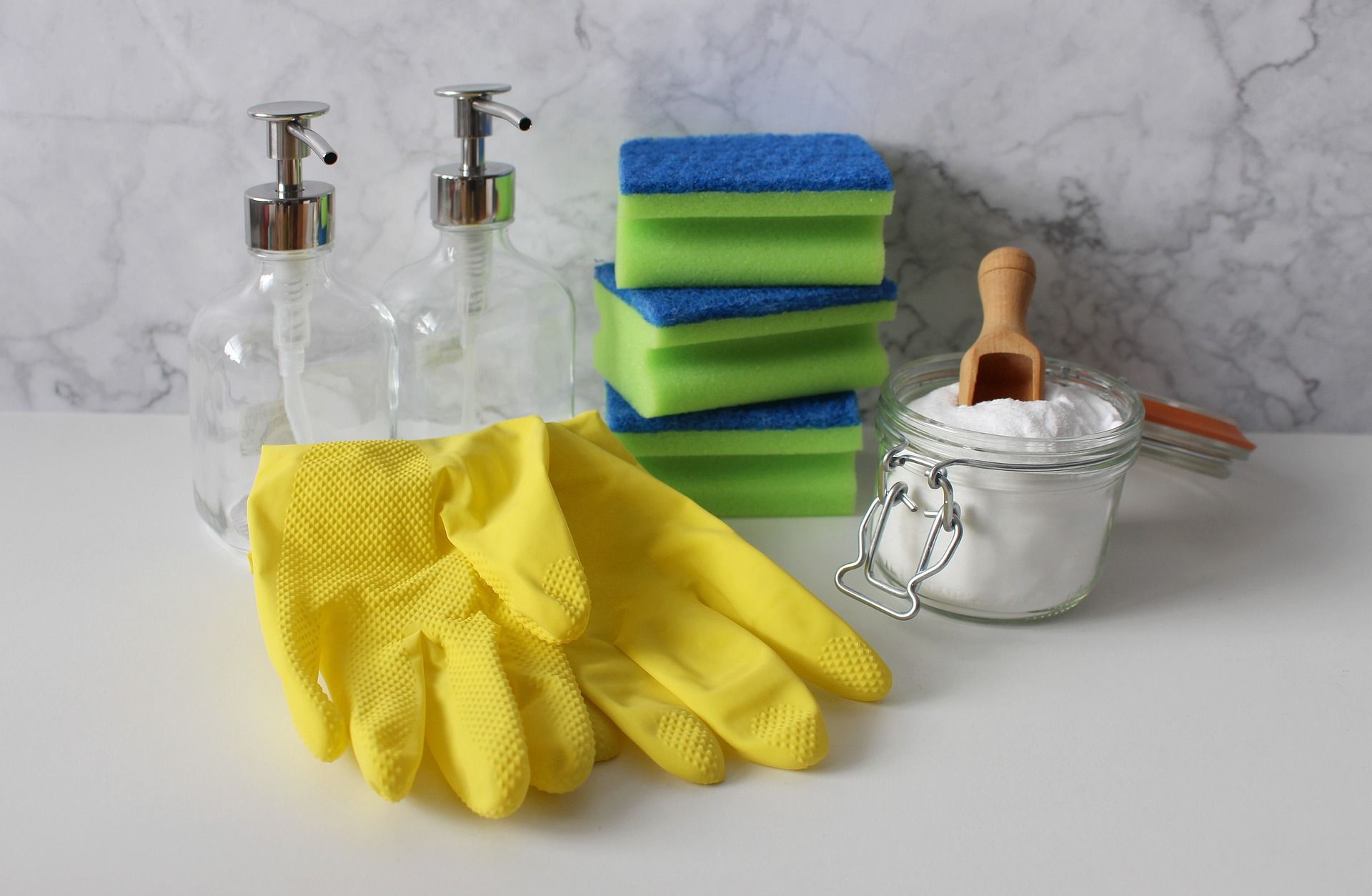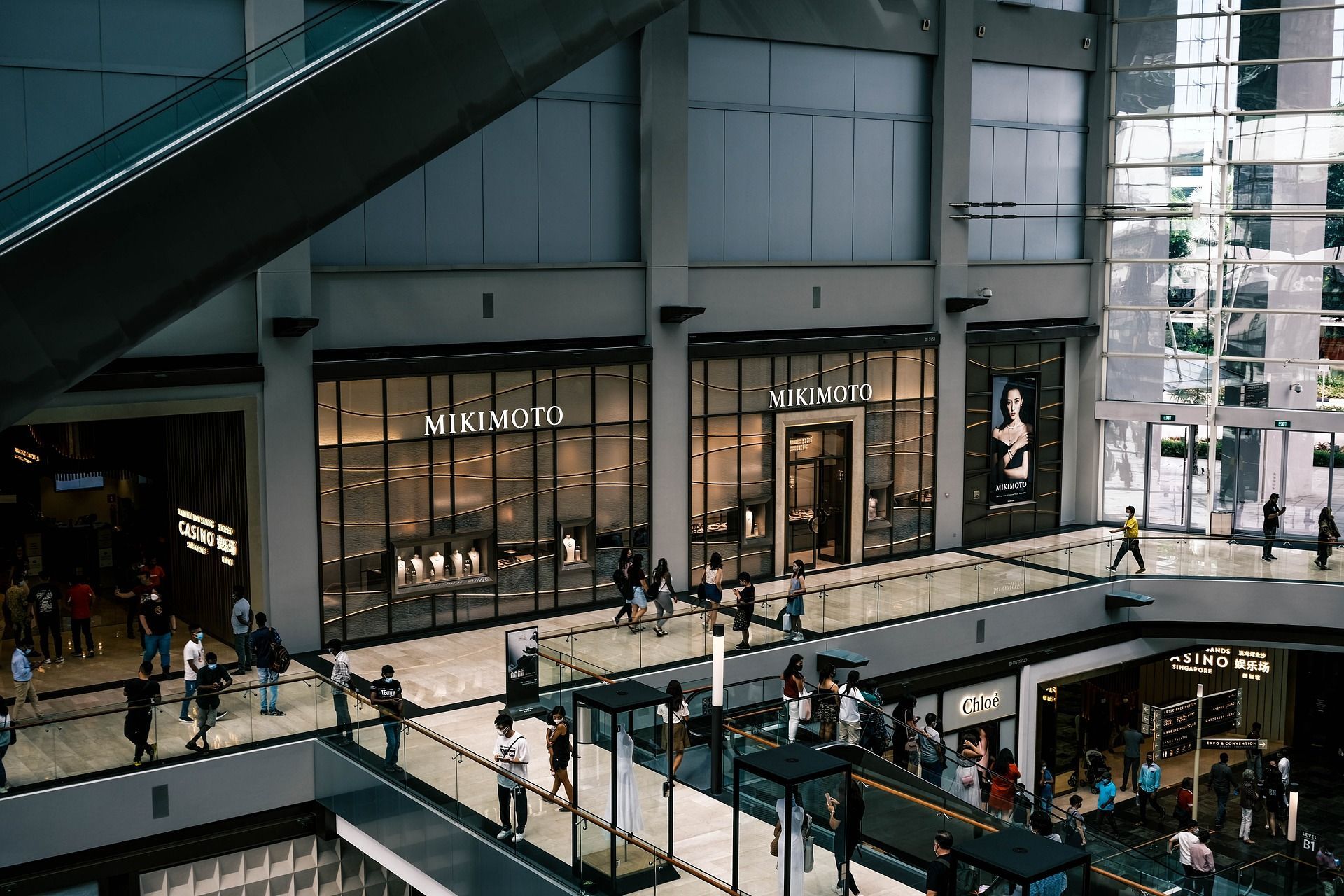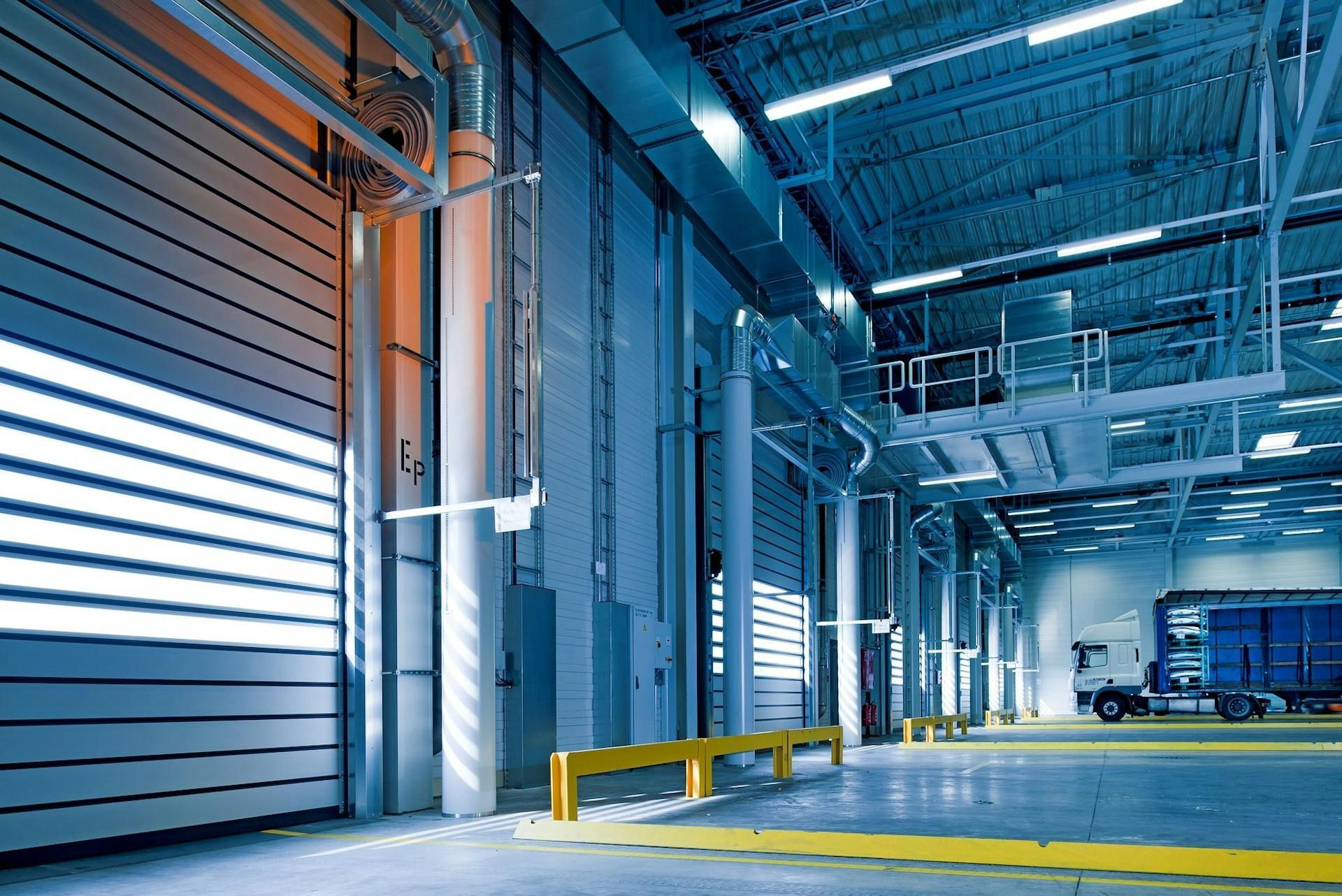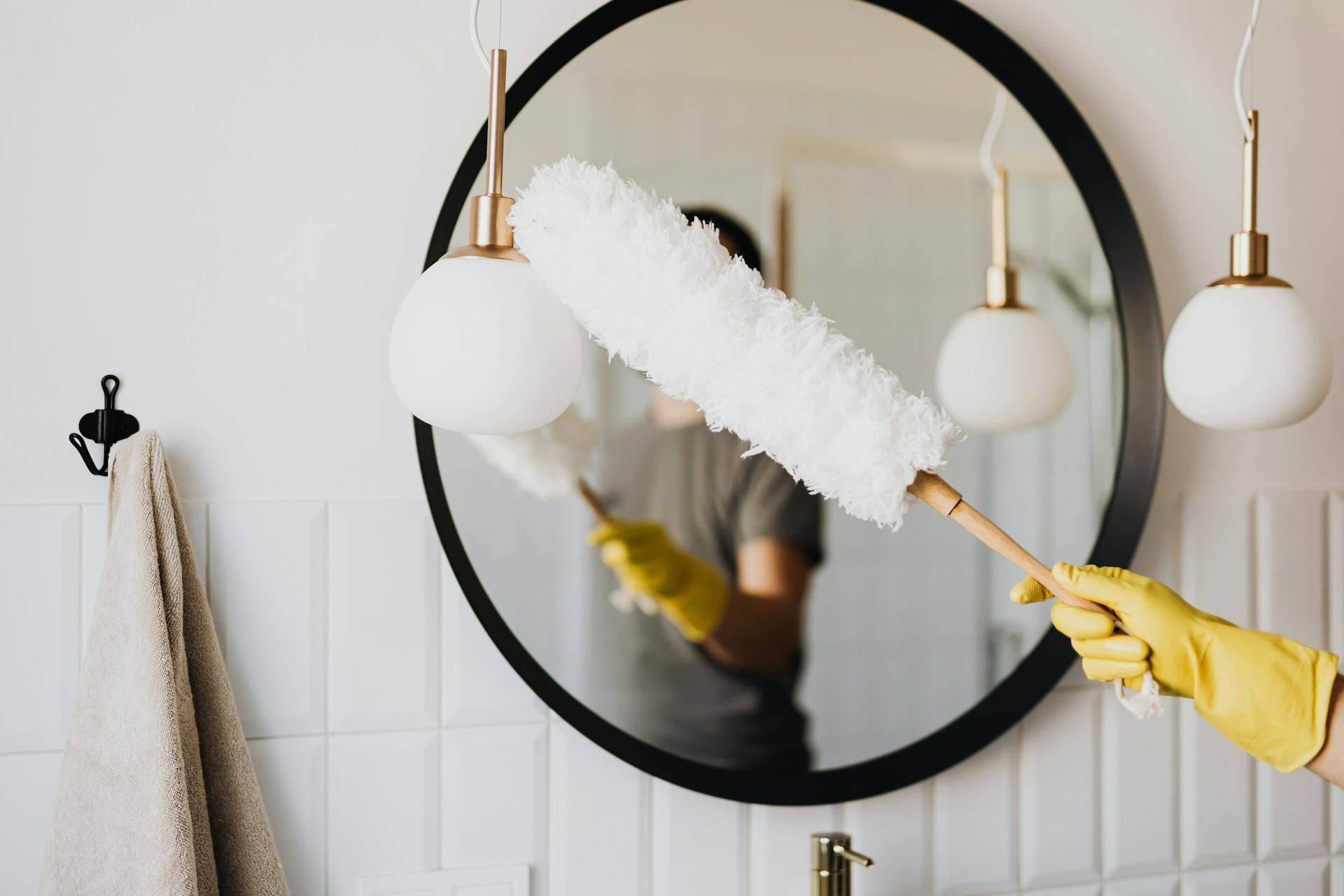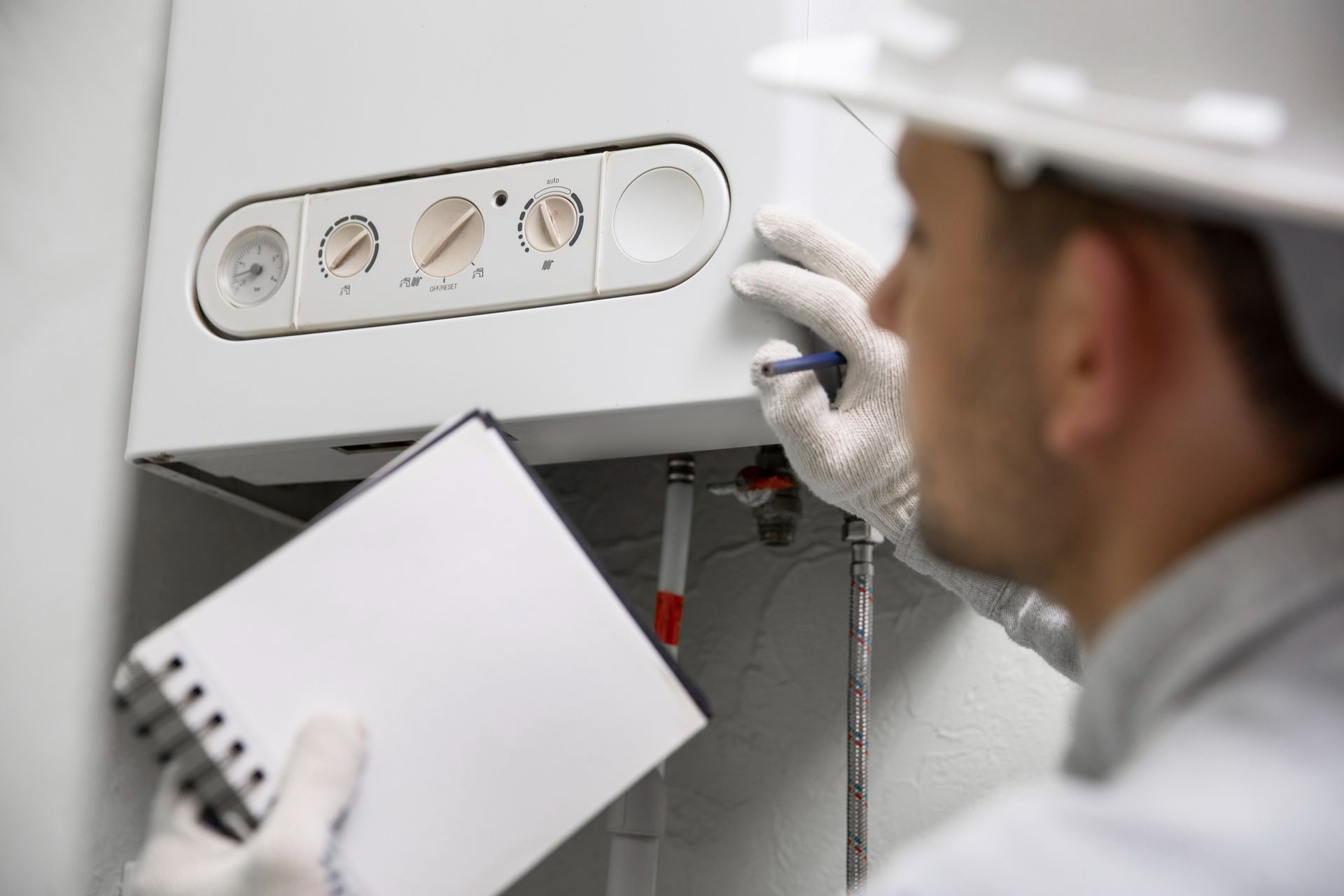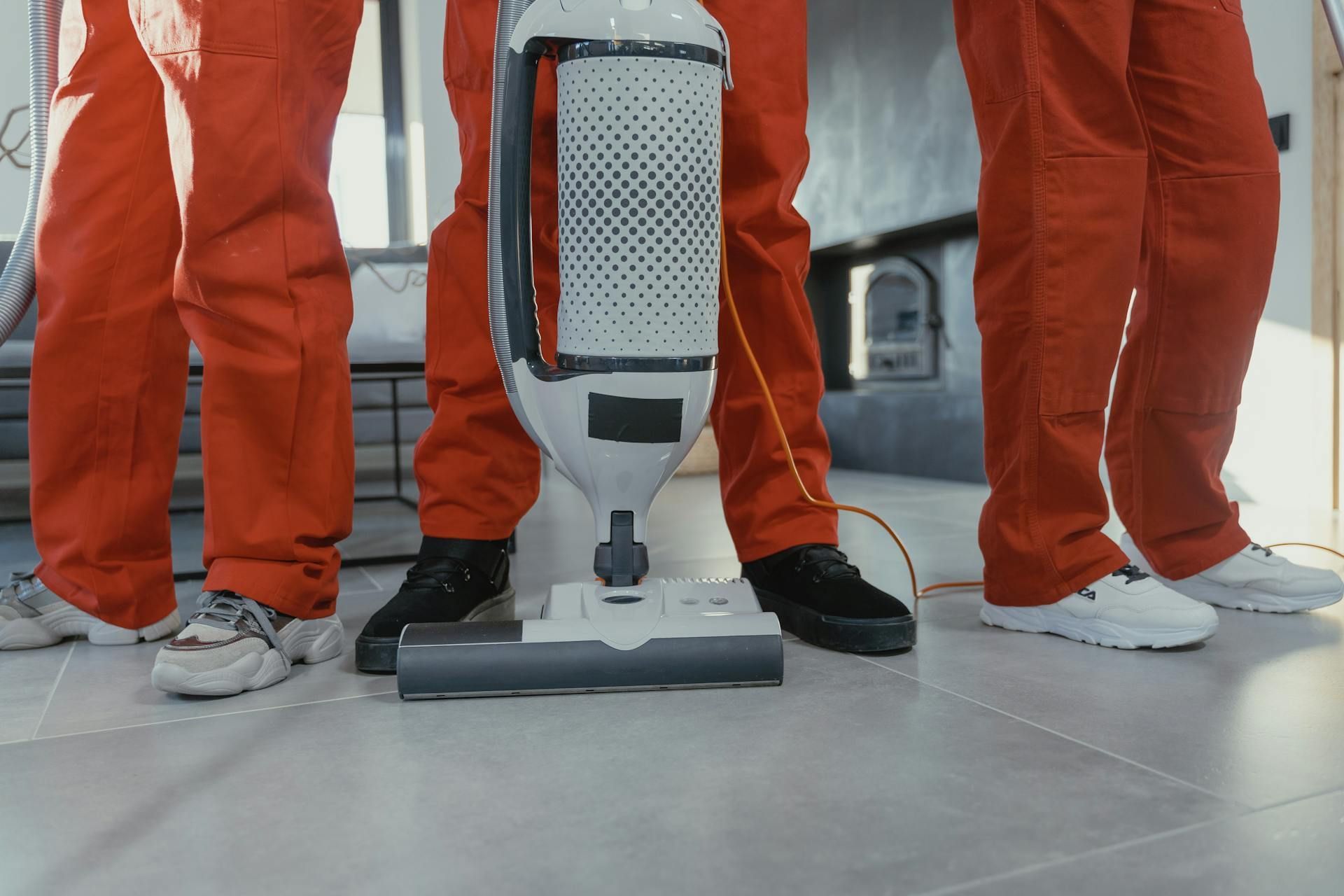Should Carpet be Replaced After Water Damage?
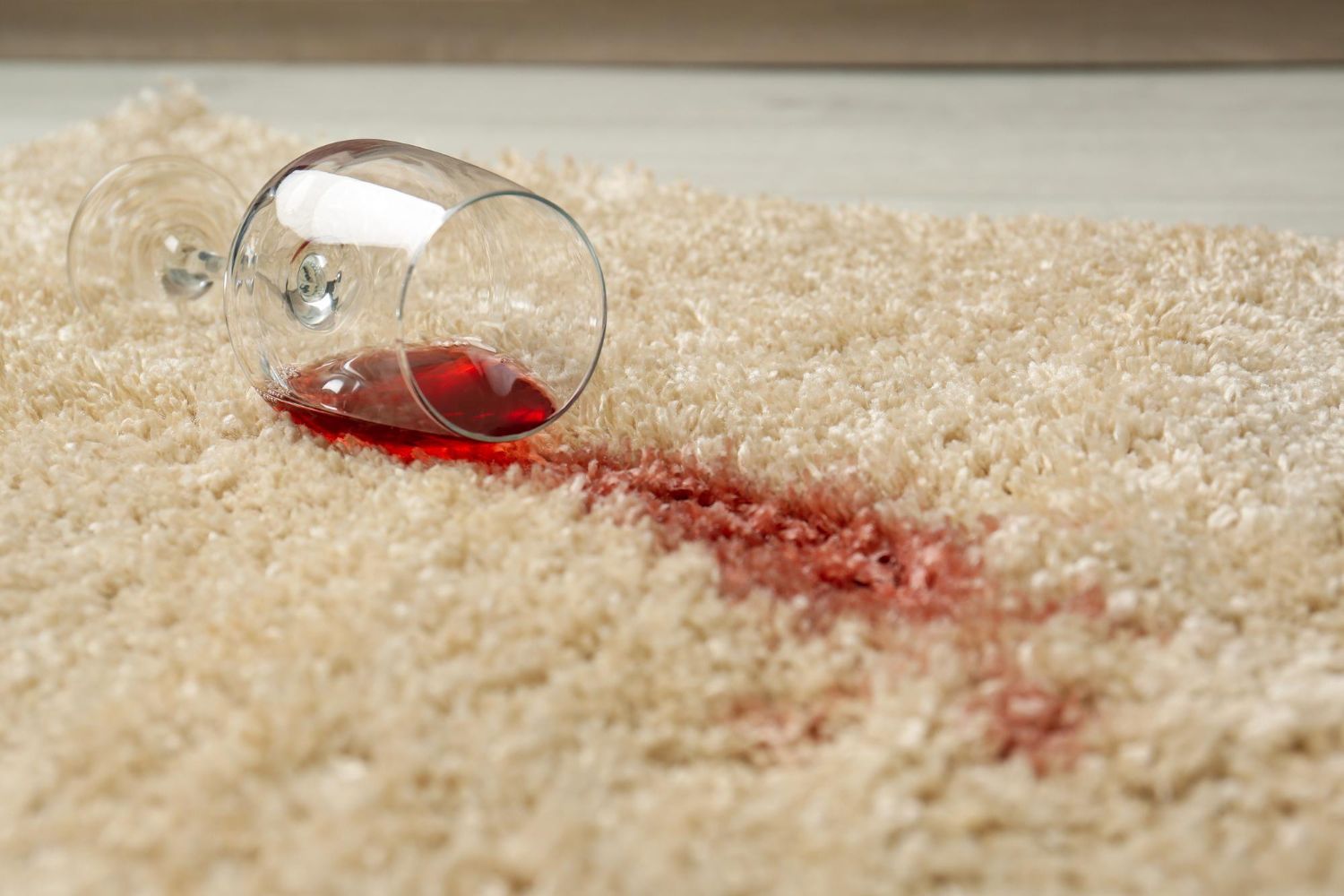
Water damage is a common issue that homeowners have to face at some point in their lives. Whether it's due to flooding, a burst pipe, or a leaky roof, water damage can be quite devastating. One of the biggest concerns when dealing with water damage is determining whether to replace the carpet or attempt to salvage Know the factors to consider when should carpet be replaced after water damage.
Assess the severity of the water damage
If the water has saturated the carpet but was promptly removed and the carpet was thoroughly dried, there may be a chance to salvage it. However, if the water has been present for an extended period or if it was contaminated with sewage or other hazardous substances, it is recommended to replace the carpet immediately. Water damage can lead to the growth of mold and mildew, which can be harmful to the health of the occupants and difficult to remove completely.
Extent of the damage
The first and most obvious factor to consider is the extent of the water damage. If only a small area of your carpet has been affected and the water has been promptly and thoroughly extracted, there may be no need for a complete replacement. However, if a large portion of your carpet has been soaked and the water has seeped into the padding and subfloor, it's likely that the damage is beyond repair.
Duration of exposure
Another important factor is the duration of time your carpet has been exposed to the water. If the water damage is detected and remedied within 24-48 hours, there may be a chance to salvage your carpet through professional drying and cleaning techniques. However, if the water has been sitting for an extended period, it can lead to mold, mildew, and bacterial growth, making it necessary to replace the carpet to ensure a healthy living environment.
Type of water
The source of the water is crucial in determining whether or not your carpet can be salvaged. If the water damage is caused by clean water, such as a burst pipe or a supply line leak, there is a higher chance of salvaging the affected carpet. On the other hand, if the water damage is due to contaminated water, such as sewage backup or flooding, it's best to replace the carpet as soon as possible due to potential health hazards.
Carpet age and condition
Older carpets that have already endured significant wear and tear may not hold up well to water damage and may require replacement. Additionally, if your carpet was already in poor condition with stains, tears, or an unpleasant odor, it might be worth considering replacing it rather than attempting to salvage it after water damage.
Insurance coverage
If you have homeowner's insurance coverage, it's important to consult your policy to see if it covers water damage and carpet replacement. Some insurance policies may provide financial assistance for carpet replacement based on specific criteria, making it more feasible to opt for replacement rather than attempting to salvage the damaged carpet.
Risks of Water Damaged Carpet
Mold and Mildew Growth
One of the most significant risks of water-damaged carpets is the rapid growth of mold and mildew. Mold spores are present in every household, but when they come into contact with moisture, they thrive. These organisms can grow and multiply within 24-48 hours of exposure to moisture. As they multiply, they release spores into the air, which can cause respiratory problems, allergies, and even more severe health issues, particularly for those with a compromised immune system.
Decreased Indoor Air Quality
Water-damaged carpets often emit a foul odor due to the growth of mold and bacteria. This odor can be unpleasant and difficult to eliminate. Furthermore, the presence of mold and mildew can lead to poor indoor air quality. Inhaling these contaminants can cause coughing, sneezing, wheezing, and other respiratory problems. Individuals with asthma or allergies may experience intensified symptoms in these conditions.
Structural Damage
Carpets are not designed to endure excessive moisture. Over time, water damage weakens the carpet fibers, causing them to become brittle and prone to breakage. If left untreated, the carpet may become unsalvageable, requiring a costly replacement. Moreover, water can seep through the carpet and reach the subfloor, which may result in structural damage. A weakened subfloor can lead to issues like warping, sinking, or even collapse.
Proliferation of Bacteria and Pathogens
When your carpet comes into contact with floodwater or sewage-contaminated water, it becomes a breeding ground for harmful bacteria and pathogens. These contaminants can pose severe health risks, especially if you or your loved ones come into contact with them. Water-damaged carpets can harbor E. coli, Salmonella, and other dangerous bacteria, causing gastrointestinal issues and infections.
Increased Allergenicity
Carpets are notorious for trapping allergens such as dust mites, pet dander, and pollen. When water damages a carpet, it can dislodge these allergens, releasing them into the air. As a result, individuals with allergies may experience heightened symptoms. Additionally, the presence of mold and mildew can contribute to the overall allergenicity of the environment, exacerbating respiratory conditions.
Thinking about Water Damage Restoration?
The decision to replace or restore a carpet after water damage ultimately depends on the specific circumstances. It is recommended to consult with water damage restoration professionals who can assess the situation and provide the best advice based on their expertise. They can help you weigh the costs, potential health risks, and long-term implications to make an informed decision.
Contact Choice Janitorial for emergency
water damage restoration needs.
Located in Chicago, serving Chicago and
Lakeview
Phone Numbers:
Email:
choicejanitorial@yahoo.com
Business Hours
- Monday
- -
- Tuesday
- -
- Wednesday
- -
- Thursday
- -
- Friday
- -
- Saturday
- Closed
- Sunday
- Closed
All Rights Reserved | Choice Janitorial
